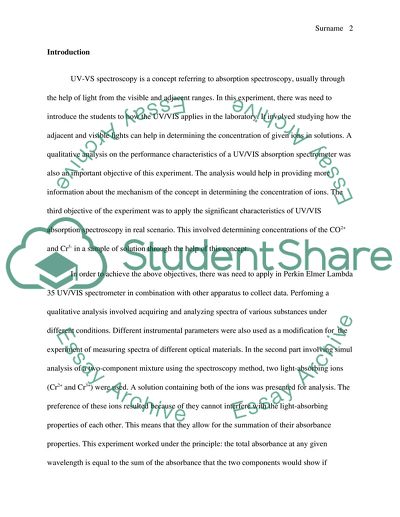Cite this document
(“Uv/vis Lab Report Example | Topics and Well Written Essays - 1250 words”, n.d.)
Uv/vis Lab Report Example | Topics and Well Written Essays - 1250 words. Retrieved from https://studentshare.org/chemistry/1630073-uvvis
Uv/vis Lab Report Example | Topics and Well Written Essays - 1250 words. Retrieved from https://studentshare.org/chemistry/1630073-uvvis
(Uv/Vis Lab Report Example | Topics and Well Written Essays - 1250 Words)
Uv/Vis Lab Report Example | Topics and Well Written Essays - 1250 Words. https://studentshare.org/chemistry/1630073-uvvis.
Uv/Vis Lab Report Example | Topics and Well Written Essays - 1250 Words. https://studentshare.org/chemistry/1630073-uvvis.
“Uv/Vis Lab Report Example | Topics and Well Written Essays - 1250 Words”, n.d. https://studentshare.org/chemistry/1630073-uvvis.


